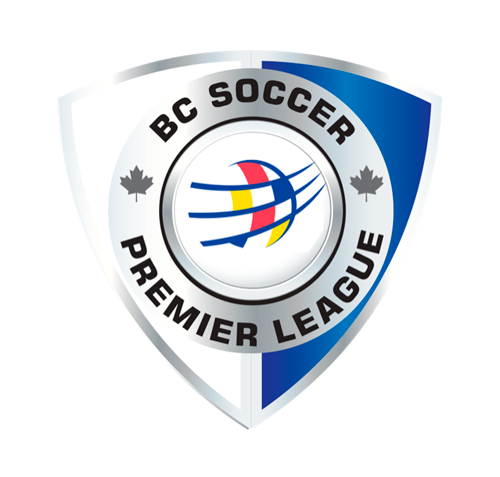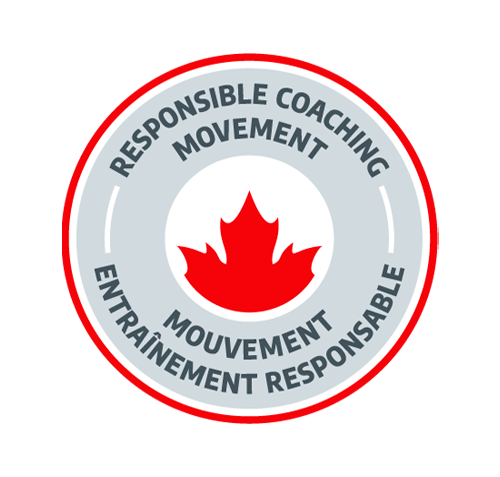[Disclaimer: LUSA is providing the following information for reference only. If you or your child is injured, please contact or visit a doctor or physiotherapist prior to any treatment.]
Ankle sprains are a common but painful injury that can happen in sports like running, soccer, basketball or volleyball, or simply by stepping unexpectedly onto an uneven surface.
The ankle joint is made up of three bones – the tibia, the fibula and the talus. The talus is held between the other two bones primarily by
ligaments.
These ligaments are like thick elastic bands and they give the ankle stability. The muscles that move the ankle come from below the knee and are attached to bones in the foot by their tendons, which pass over the ankle joint.
When an ankle is sprained, the ligament has been over stretched, partially torn or completely torn. Ankle sprains are classified as Grade Type I (mild), Grade Type II (medium), and Grade Type III (severe).
Most ankle sprains cause injury to the ligaments on the outside of the ankle. Initial treatment for all sprains is rest, ice, compression and elevation as soon as possible and for 72 hours after injury.
The RICE method helps promote healing, decreases pain, and reduces swelling around the ankle joint. Mild sprains may only require an elastic bandage for compression, while the more severe sprains require a splint or a cast.
Similarly, the severity of the injury will determine whether crutches are required and for how long. Most ankle sprains heal in three to eight weeks, but when the injury is more severe it will take longer to regain ankle stability.
Physiotherapy treatment can start very early after an injury. Rehabilitation techniques will help reduce the time that your ankle is painful and ankle movement is restricted so that you can get back to work and activity more quickly.
Early treatment will reduce the swelling and pain, making it easier to walk. Even one treatment and appropriate advice can make a significant difference.
STRETCH
Stretching is an important part of the healing process. It helps:
¦ Regain full movement,
¦ Increase circulation that aids the healing process;
¦ Maintain muscle strength; and
¦ Maintain soft tissue flexibility.
Stretches for the ankle concentrate primarily on the gastrocnemius and soleus muscles (calf) and the hamstrings (back of thigh), but include other muscle groups in the leg such as the quadriceps (front of thigh).
Stretching should always be done in the ‘pain free range’ to get the most benefit. As you gain range, you will be able to stretch further.
MOVE
The severity of the sprain will determine when you begin moving the joint. It is important to allow adequate healing time to regain the stability the ligaments provide.
Avoid damaging the ankle further by doing too much too soon, whether it is exercise, standing or walking.
Exercise programs for the injured ankle should progress gradually from range of motion and muscle strengthening in the pain free range to more demanding activities like exercises done while standing.
The strengthening program should include exercises for the muscles that work with the damaged ligament(s) to give the joint additional support.
When the sprain has healed enough to tolerate it, exercises done on a wobble board or on a mini-trampoline will help retrain balance.
ADD IT UP
When recovering from an injury, it is important to take into consideration the effect of the entire day’s activities on the injured joint. If you have been doing a lot of walking on a given day, it may be wiser to do non-weight bearing aerobic work for the leg such as swimming, pool running or stationary bike, as cardiovascular fitness is required no matter what sport caused the injury.
Plan your activities so you can build rest into your day. Make sure your rehabilitation program includes exercises that will help you regain your overall conditioning as well as those that are specific for the ankle.
REDUCE STRAIN
There are a number of things you can do to protect the injured ankle while it is healing and to minimize the risk of re-injury.
¦ Wear high-top running shoes or a brace in your running shoes. These braces protect the ankle joint by blocking ankle movement in the direction of the sprain;
¦ A physiotherapist can tape your ankle if this is required;
¦ Gradually build your level of activity and sport to regain your pre-injury level of conditioning;
¦ Expect some discomfort as you progress in your rehabilitation but learn to recognize your body’s limits. Your ankle should not be sore and swollen for an extended period of time after exercise;
¦ Avoid activities on slippery or uneven surfaces and in areas with poor lighting; and
¦ Always warm up before exercise and include a cool down after every session.
TALK TO A PHYSIOTHERAPIST
A physiotherapist will conduct a thorough assessment of your injured ankle and plan a rehabilitation program tailored to your level of activity that will help reduce swelling and pain, and promote healing and recovery.
The program will include exercises that are important to improve the strength of the calf and ankle muscles. It may also include modalities such as ultrasound or interferential and education on how to prevent sprains in the future.
Twin Rinks Physiotherapy
& Sports Injury Clinic
5700 Langley Bypass, Langley B.C. V3A 7Z3
Tel: 604-532-5722 Fax: 604-532-5723
twinrinksphysiotherapy.com






